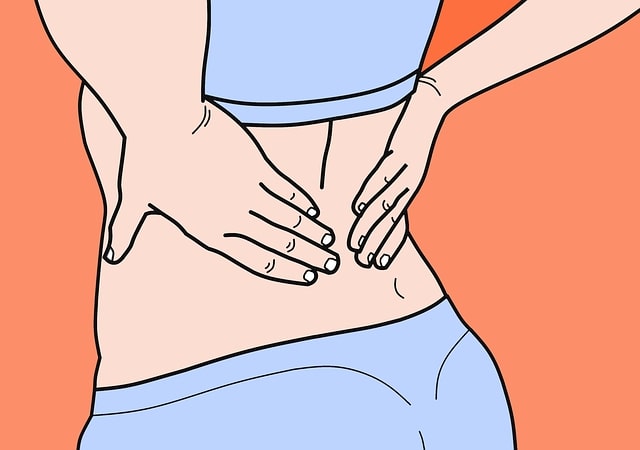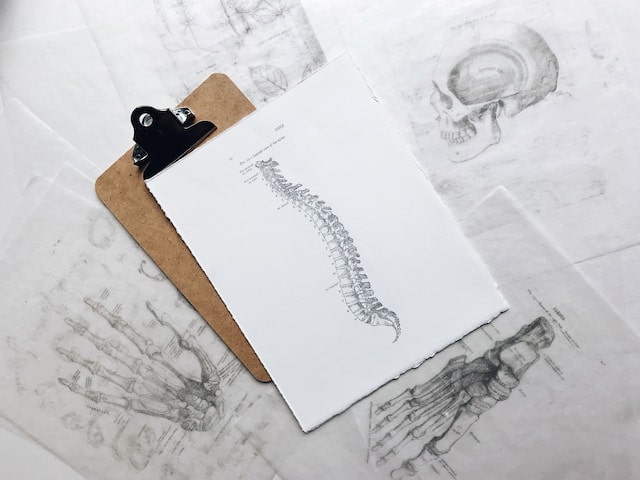Spinal instability, also known as lumbar instability, is a condition that arises when the intervertebral discs in the spine undergo degeneration, leading to a range of issues affecting the overall stability and functionality of the spine. In this comprehensive article, we’ll explore the causes, symptoms, and treatment options along with other facts.
What is Spinal Instability?
Spinal instability, or lumbar instability, is a condition where degenerated intervertebral discs compromise the spine’s stability, leading to abnormal motion between vertebrae. This can result in symptoms like back pain, muscle spasms, and numbness in the lower back.
Also Read- 7 Best Lumbar Spinal Stabilization Exercises & Complete Guide!
What are the Spinal Instability Symptoms?

- Severe Back Pain especially while lifting objects.
- Numbness in extremities
- Muscle Spasms
- Radiating pain in the legs and buttocks
- Increased discomfort after prolonged sitting or standing
- A feeling of locking between movements
- Pain may get aggravated by performing certain activities such as sneezing, defecation, or even laughing.
What does lumbar instability feel like?
Lumbar instability feels like an unsettling dance of discomfort in your lower back, where every movement comes with a twinge of vulnerability. It’s as if your spine has lost its steady rhythm, replaced by sporadic sharp pains and subtle spasms.
Everyday activities like lifting or bending become a cautious performance, accompanied by an undercurrent of insecurity. Numbness tingles in your extremities, and there’s a persistent sense of unease as if your body is grappling with its own harmony.
What are the Causes of Spinal Instability?

Lumbar instability can be attributed to various factors, including:
- External trauma or fractures of the spine
- metastatic tumors
- degenerative disc disease
- scoliosis
- congenital defects
- spondylolisthesis
- poor lifting techniques
- connective tissue disorders
What are the Treatment Options for Spinal Instability?
Spinal Instability Treatment Options include two main approaches-

Conservative Treatments:
For mild cases, conservative approaches are often recommended. Patients are advised to avoid over-exertion, sudden movements, and sustained positions causing lumbar muscle tension.
Conservative treatments may include short-term use of anti-inflammatories and a tailored physiotherapy program to strengthen spinal muscles.
Surgical Treatments:
In cases where conservative methods fall short, surgical intervention becomes an option. Various minimally invasive techniques such as Extreme Lateral Interbody Fusion (XLIF) and Anterior Approach Arthrodesis may be employed, using implants to stabilize the spine.
For more advanced cases or when nerve structures need decompression, a more open surgical approach with transpedicular screws and interbody fusion cages may be necessary.
Conclusion:
Spinal instability is a complex condition with diverse causes and symptoms. Recognizing the signs early on and seeking appropriate medical attention is crucial for effective management. Whether through conservative methods or surgical intervention, addressing lumbar instability promptly can significantly improve the quality of life for individuals facing this challenging condition.
So this was the end of the article- Spinal Instability: 7 Key Symptoms, Causes and Treatment! I hope you liked it, if so, kindly read our other articles too-
What does Cranberry Juice do Sexually? 6 Surprising Benefits!
10 Amazing Benefits of Sclerotherapy: Path to Healthy Veins!
